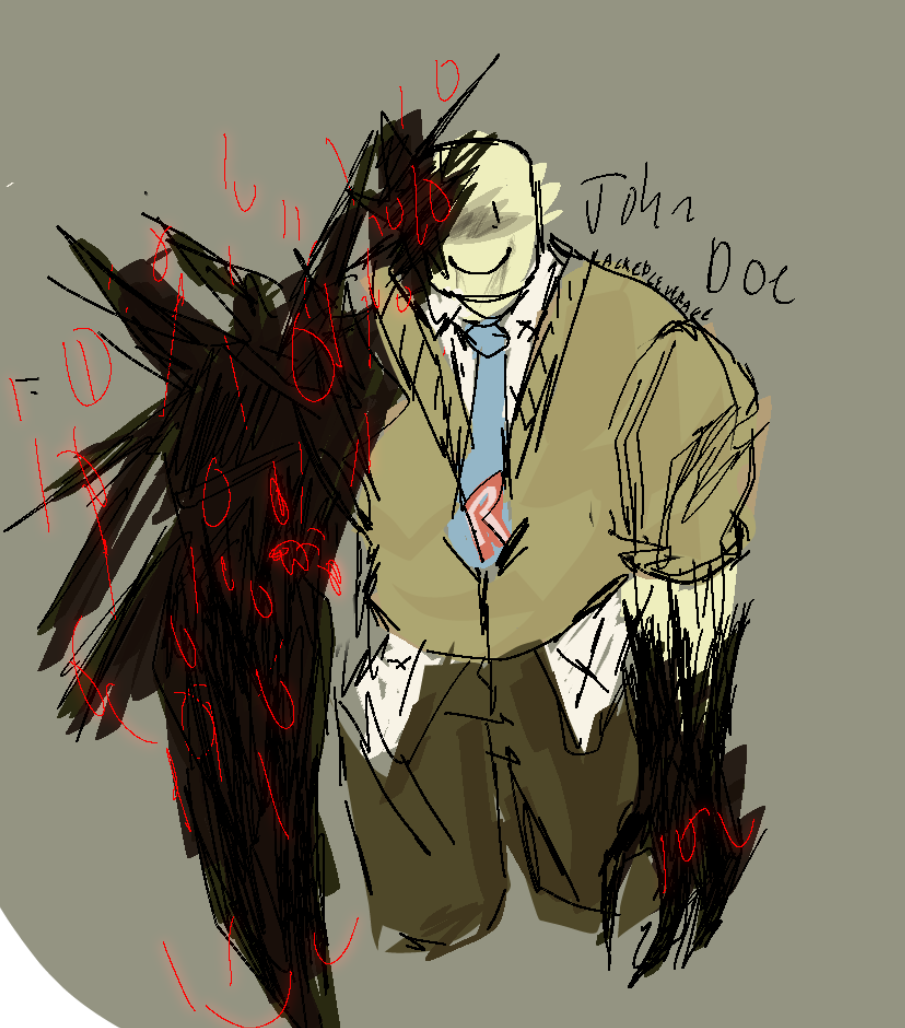Have you ever pondered the significance of a name that doesn't belong to anyone in particular, a moniker shrouded in mystery and anonymity? The very essence of "John Doe" embodies a fascinating legal and social phenomenon, revealing a history as intriguing as it is often tragic.
The origins of "John Doe," a name synonymous with unidentified individuals, trace back to a peculiar British legal procedure: the action of ejectment. This antiquated process, born under the tenets of Old English common law, was designed to assist landowners who faced squatters or defaulting tenants. However, the legal avenues available to these landowners were often excessively complex and, ultimately, unhelpful in resolving the issues at hand. This led to the adoption of placeholder names like "John Doe" to initiate legal proceedings in cases where the true identity of the defendant was unknown. This practice, born out of legal necessity, has evolved far beyond its initial purpose.
The term "John Doe" is not just a historical artifact; it is a contemporary reality, seen daily in hospitals, morgues, and law enforcement agencies across the globe. While the origin story might be rooted in British common law, the modern usage is a global phenomenon, marking the unidentified in various contexts.
In the medical field, the term can appear with a different connotation, with the acronym "DOE" sometimes used to refer to "Dead on Entry" in the context of unidentified corpses admitted to hospitals. In legal and investigative circles, males are consistently referred to as "John Doe" and females as "Jane Doe" until such time as their identities are established. This nomenclature provides a standardized way to manage and track cases involving unknown persons.
Beyond the legal and medical contexts, the term "John Doe" has seeped into popular culture, taking on a life of its own. In the realm of online communities, it is often used as a placeholder for anonymous users, adding another layer of intrigue to the already complex usage of the term. In digital spaces, a "John Doe" might represent a user whose identity is concealed, contributing to discussions and activities while remaining shrouded in anonymity.
The case of "John Doe 17," a perpetrator indicted in 2009 by a grand jury in the District of Maryland on charges including the transportation of child pornography, demonstrates the gravity associated with these unknown identities. This case highlights the potential for "John Doe" to be more than just a placeholder; it can represent a dangerous and elusive adversary, the subject of extensive investigations and legal battles.
- Sadie Summers News Bio More Unveiling Her Story
- Holly Revords Husband Unveiling Jacob Their Relationship Secrets
The mystery surrounding unidentified individuals is deeply ingrained in popular culture, and serves as a potent storytelling device. The character of John Doe in David Fincher's film "Se7en" provides a compelling example. His actions and motivations, as well as the mystery surrounding his true identity, create a captivating narrative that delves into the darkest corners of human nature. "Se7en" employs the "John Doe" persona as a symbol of anonymity and the embodiment of pure evil, a haunting figure who orchestrates a series of brutal murders based on the seven deadly sins.
The Greenbelt John Doe case from 1981, found in a straight jacket, presents another layer of unanswered questions. Similarly, the Plaquemines Parish John Doe of 1975, found hanging from a persimmon tree, evokes a stark reminder of unsolved mysteries and the persistent impact of these unidentified lives. These individual cases become more than isolated events; they become testaments to the enduring human quest for identity and meaning.
The case of John Doe 45, as depicted in a disturbing video produced between January and April of 2019, shows the evolution of these cases, the use of video as evidence, and raises questions about online exploitation. These cases underscore the importance of identifying individuals, not just to bring justice to victims, but to give them back their identity. The efforts to identify "John Doe" and "Jane Doe" cases are a critical part of the broader quest for justice and closure.
The use of "John Doe" is widespread in modern society. It is a common identifier in legal documents, medical records, and media reports. It acts as a placeholder that allows for investigation and legal action without compromising anonymity. The name itself is a symbol of mystery and the unknown.
The use of "John Doe" as a placeholder is not simply a legal term; it influences how we perceive the unknown. It is present in everyday language, and it takes its place in modern culture. From film and television to social media, "John Doe" is always a reminder of the mysteries around us.
The usage of these placeholder names in certain online communities, like r/redgifs, presents a different facet. While the community may be focused on adult content, the anonymity provided by "John Doe" accounts highlights the privacy aspects of online interaction. These anonymous users are part of a global community. This allows them to view and create content without revealing their true identities.
The widespread presence of "John Doe" across various facets of society underlines its adaptability and persistent relevance. The ongoing search for identification for the John Doe of the world ensures justice and closure for victims. Understanding this evolution enables us to acknowledge the past while confronting the complex modern issues.
The study of "John Doe" cases transcends their immediate details, serving as a window into broader societal issues. They also provide opportunities for reflection on justice, privacy, and how society deals with the unknown. By exploring these cases, we begin to understand how essential our identities are.
| Category | Details |
|---|---|
| Name | John Doe (Placeholder Name) |
| Purpose | To denote an unidentified male, in legal proceedings or other contexts |
| Origin | Evolved from the British legal process of "action of ejectment." |
| Legal Use | Placeholder name when the identity of the defendant is unknown |
| Medical Use | Sometimes used to denote a patient whose identity is unknown |
| Gender | Male (Female equivalent: Jane Doe) |
| Notable Cases | Greenbelt John Doe (1981), Plaquemines Parish John Doe (1975), John Doe 45 |
| Cultural Significance | A symbol of anonymity, mystery, and the unknown, frequently used in media and popular culture |
| Modern Usage | Used by law enforcement and medical professionals for identification, and to represent unknown individuals. |
| Online Usage | Common placeholder used for anonymous accounts and to protect user privacy on online platforms. |
| Link to further information | Wikipedia - John Doe |



Detail Author:
- Name : Bryce Hahn
- Username : vherzog
- Email : hferry@hotmail.com
- Birthdate : 1981-03-10
- Address : 2406 Molly Centers Apt. 993 Lake Hobart, UT 30242
- Phone : 680-402-4218
- Company : Robel Group
- Job : Entertainment Attendant
- Bio : Aliquam voluptas minus nostrum quia nisi pariatur id. Expedita ipsum voluptatum accusantium est. Voluptatum dolorem recusandae illum nisi totam voluptatibus. Maiores atque et consequatur sed.
Socials
tiktok:
- url : https://tiktok.com/@retta5824
- username : retta5824
- bio : Tempora consequatur facere odio alias eveniet dolor adipisci voluptas.
- followers : 5861
- following : 793
twitter:
- url : https://twitter.com/retta.bruen
- username : retta.bruen
- bio : Et animi aut voluptates aut cum architecto. Autem sed qui aut inventore harum.
- followers : 3313
- following : 179